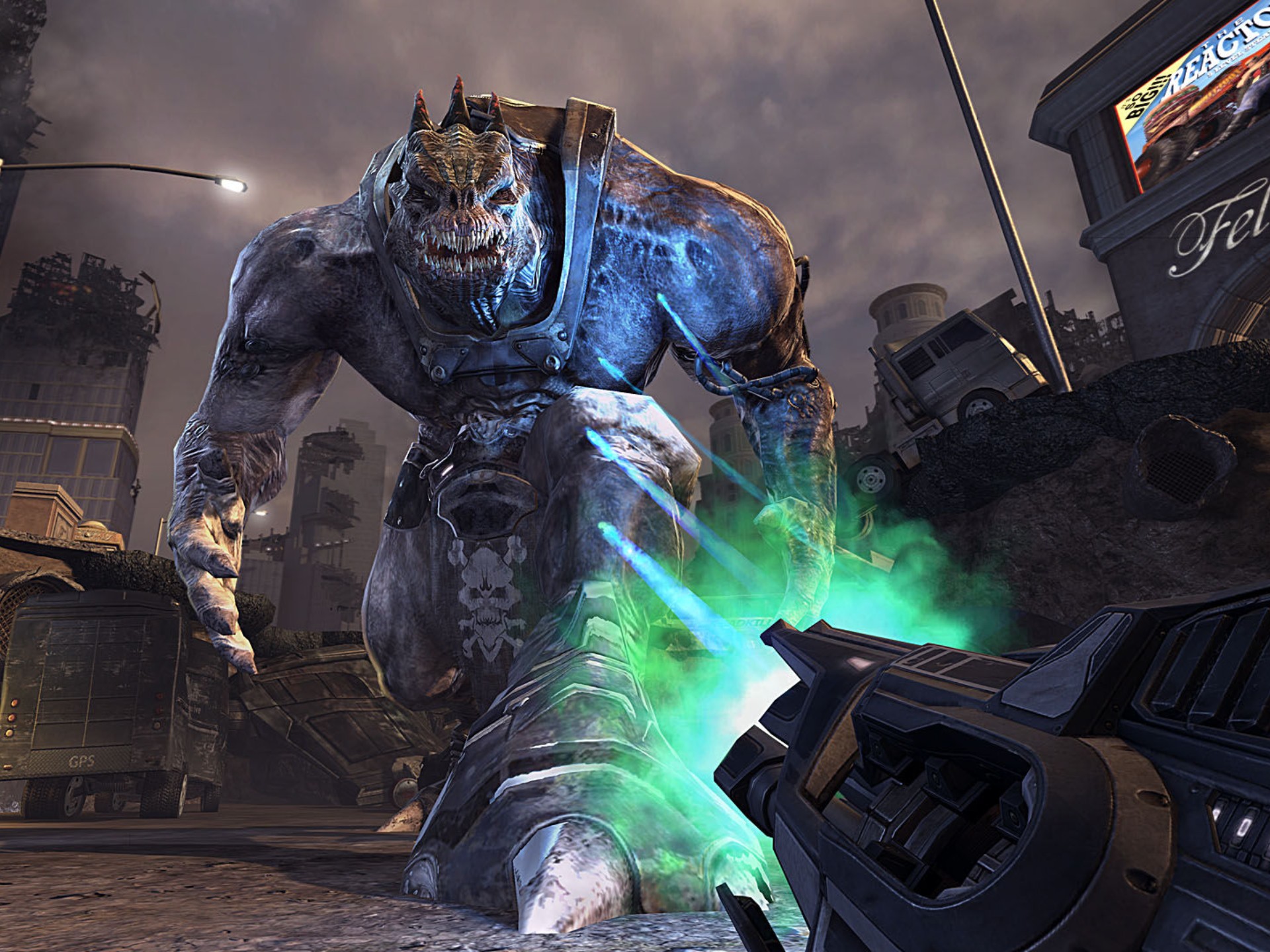Title: Soaring into the Unreal: How the Latest VR Update is Revolutionizing Air Force Pilot Training
The iconic image of an Air Force pilot, strapped into a multi-million dollar simulator, staring at a vast array of screens projecting computer-generated landscapes, is undergoing a radical transformation. The clunky, fixed-base dome simulators, while incredibly advanced, are now making room for a new paradigm: fully immersive Virtual Reality. The latest major update to the Air Force’s Pilot Simulator VR program, codenamed "Project Chimera," isn't just an incremental improvement; it’s a fundamental leap that is blurring the lines between simulated rehearsal and actual combat missions, reshaping aerial warfare training from the ground up.
For decades, flight simulators have been the bedrock of pilot proficiency, allowing crews to practice procedures, emergency responses, and mission profiles without the exorbitant cost and risk of live-fly exercises. However, they often suffered from a critical limitation: a lack of true situational awareness. Pilots trained by looking at flat panels, their field of view constrained by bezels and hardware. The sense of "being there" – the visceral, instinctual understanding of spatial relationships and threats in a 360-degree battlespace – was technologically out of reach.

The integration of high-fidelity VR headsets, like the custom-built units employed in Project Chimera, has shattered these constraints. The update’s cornerstone is the implementation of hyper-realistic, geo-specific environments. Using satellite data and advanced photogrammetry, the system can recreate any patch of the globe with astonishing accuracy. A pilot can now strap into a simulated cockpit, don their VR headset, and find themselves flying through the exact mountain passes of a potential theater of operations, navigating by recognizing real-world terrain features rather than abstract radar representations. This geo-typical fidelity is a game-changer for mission planning and rehearsal, providing an unprecedented level of familiarity before wheels ever leave the runway.
Beyond the visual realm, the "Fly Missions" update focuses intensely on tactile and cognitive immersion. The new systems incorporate advanced haptic feedback suits and gloves. A pilot can now feel the buffeting of turbulence through their flight suit, the distinct shudder of approaching a stall, or the jarring thump of a weapons release. This multisensory input drastically shortens the neural feedback loop, building muscle memory and instinctual reactions far more effectively than visual cues alone. When a pilot feels a missile lock-on warning through a localized vibration on their back, their evasive maneuver becomes less of a calculated decision and more of a reflexive, ingrained response.
The update also introduces a sophisticated, AI-driven dynamic threat environment. Gone are the days of scripted enemy encounters. The new system features an adaptive enemy AI that learns from the pilot’s tactics. If a pilot repeatedly uses a specific maneuver to defeat a surface-to-air missile (SAM) site, the AI will adapt, altering its launch patterns and radar tracking to counter that very tactic. This forces pilots into a constant state of innovation and critical thinking, moving beyond rote memorization of procedures and into the realm of true tactical artistry. The AI can simulate near-peer adversaries, employing their known tactics and even their projected next-generation technology, providing a vital and realistic challenge that is difficult to replicate in even the most complex live-fly exercises.
Furthermore, Project Chimera heavily emphasizes networked, multi-domain operations. The update allows for seamless integration into larger simulation ecosystems. A single VR-pilot can be part of a massive virtual war game, interacting in real-time with naval units simulated in another building, ground forces training across the country, and command and control elements directing the battle from a third location. This creates a truly joint, holistic training experience. A pilot providing close air support can now communicate directly with a virtual JTAC (Joint Terminal Attack Controller) on the ground, seeing the enemy movements through the JTAC’s drone feed within their VR headset. This level of integrated, cross-service training was previously unimaginable and is crucial for modern warfare’s interconnected battlefield.
The implications for cost and safety are profound. While the R&D for such technology is significant, the operational savings are monumental. The cost of fuel, maintenance, and airframe wear-and-tear from continuous high-G training sorties is staggering. VR simulation allows for unlimited repetitions of the most dangerous scenarios—engine failures after takeoff, emergency landings in hostile territory, complex aerial engagements—all without any physical risk. It democratizes access to "flight hours," enabling pilots to maintain peak readiness regardless of weather, aircraft availability, or budget constraints.
Of course, challenges remain. Simulator sickness, while mitigated by newer hardware with higher refresh rates and lower latency, can still affect some users. The ultimate goal of replicating the exact physical G-forces experienced in flight still requires expensive and complex motion platforms, though the VR component drastically reduces the need for their full range of movement.
In conclusion, the latest "Fly Missions" update for the Air Force Pilot Simulator VR program is far more than a graphics overhaul. It represents a philosophical shift in military training. By leveraging the power of virtual reality, advanced haptics, and intelligent AI, it is creating a generation of pilots who are not just technically proficient, but are tactically agile, instinctively aware, and seamlessly integrated into the joint fight. They are logging combat experience before ever seeing combat. As this technology continues to evolve, the virtual skies will become the primary crucible where the next aces of the air force are forged, ensuring dominance in the battlespaces of tomorrow, both real and virtual.
Tags: #VirtualReality #MilitaryTechnology #AirForce #FlightSimulation #PilotTraining #VRTraining #DefenseInnovation #Aeronautics #FutureOfFlight #CombatReadiness
















